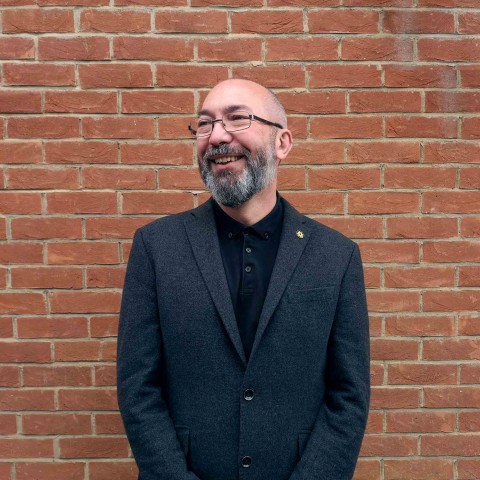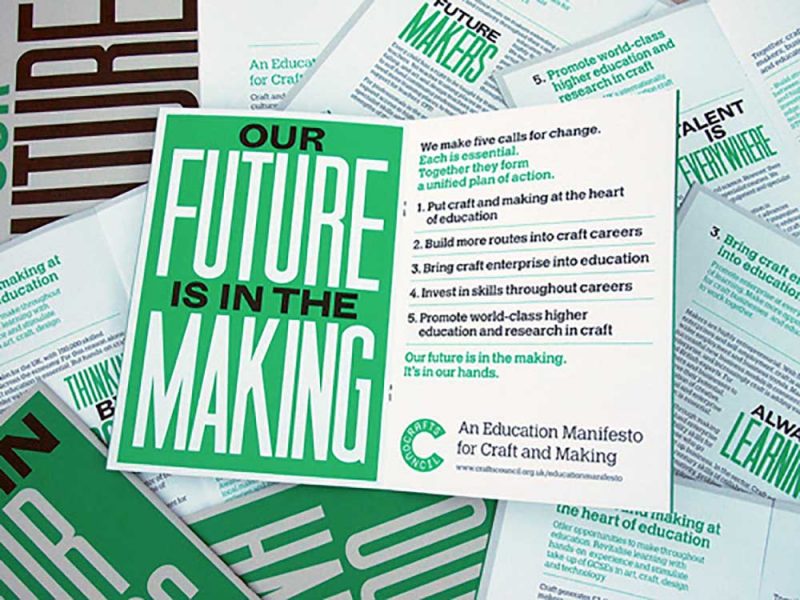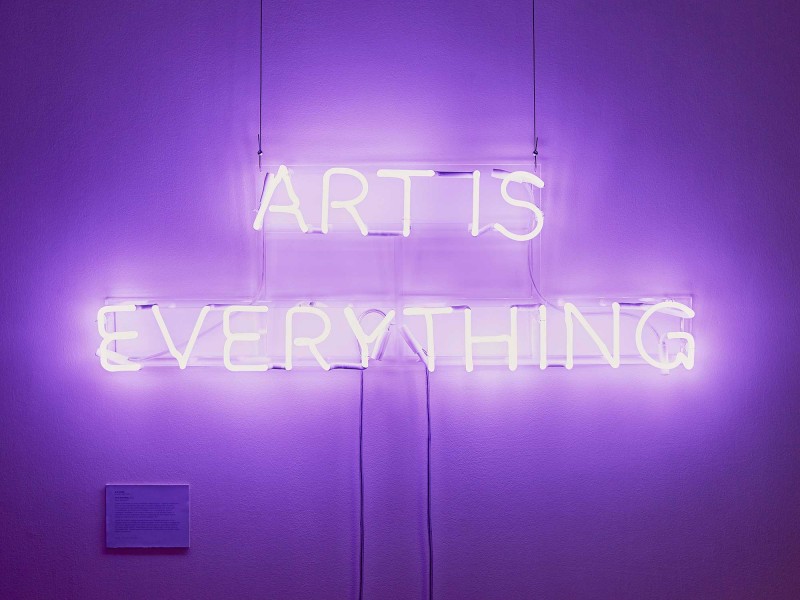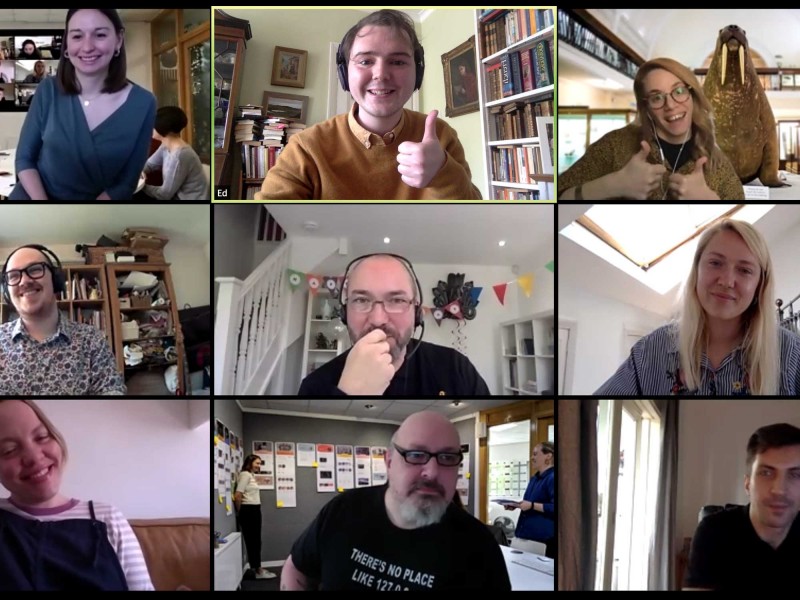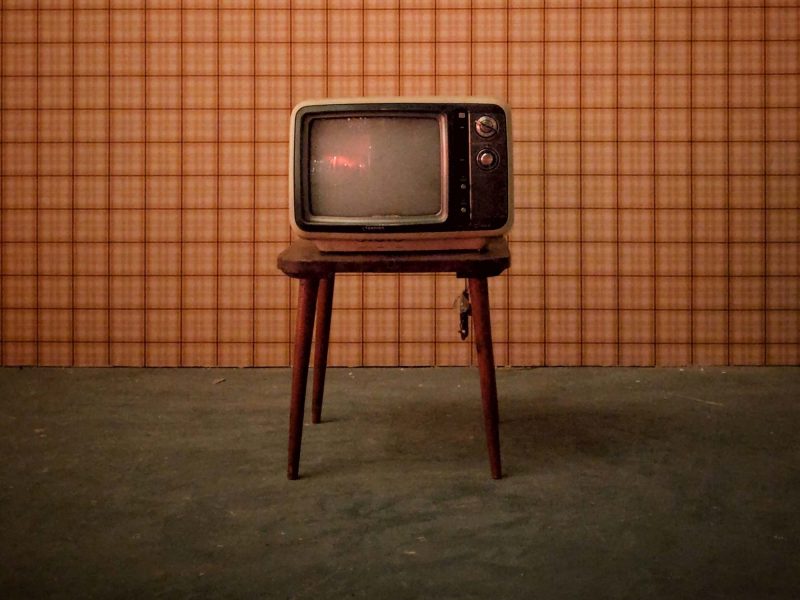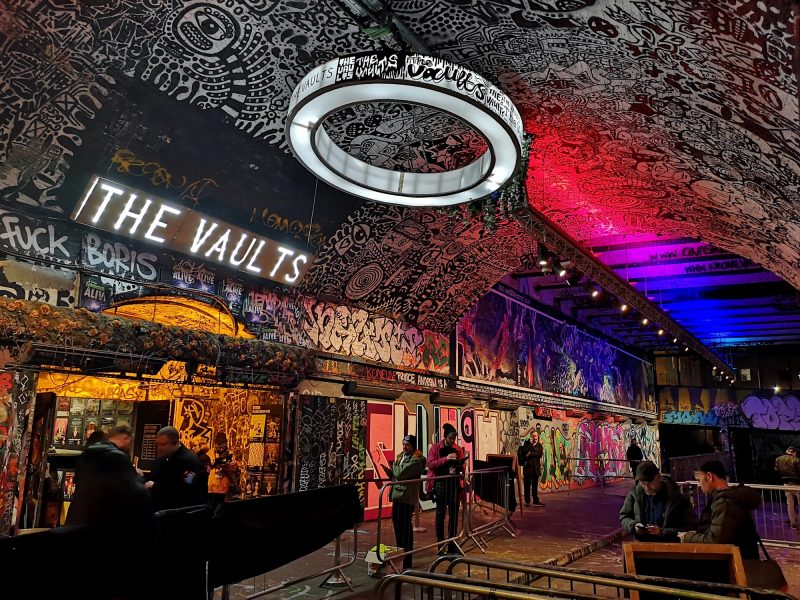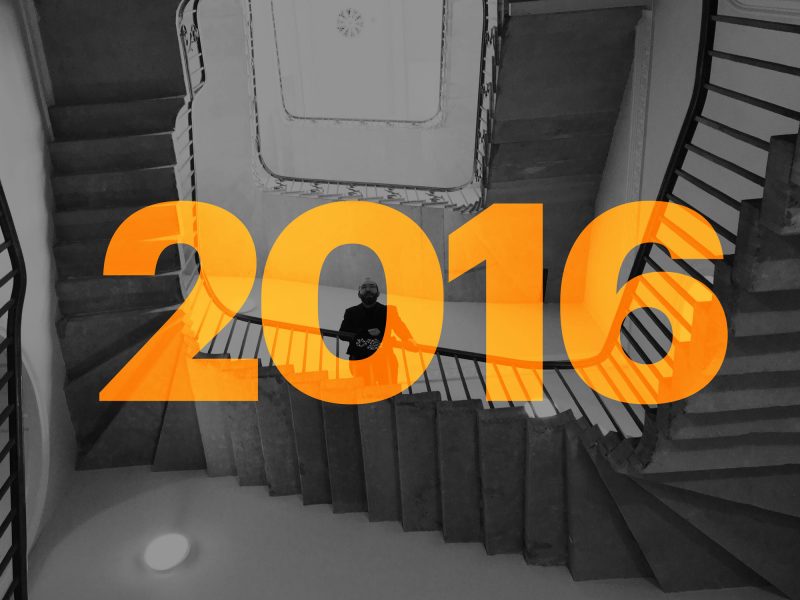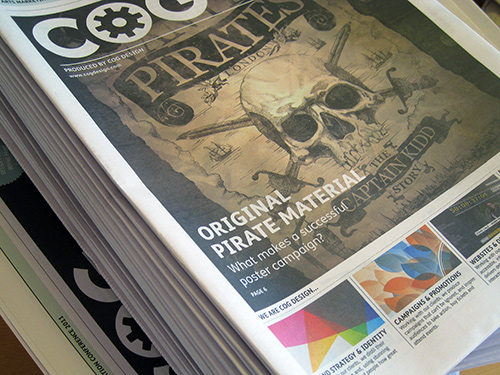Could this exceptional project shape attitudes towards public investment in the arts?
We are here
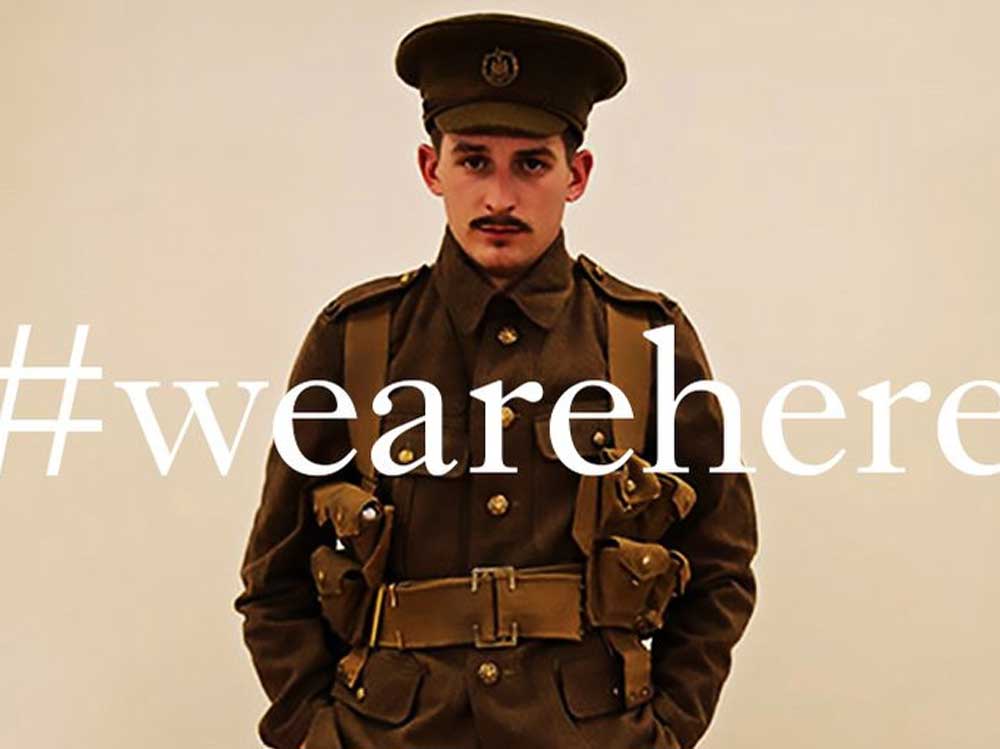
On 1st July 2016 a small army of volunteers took part in a stunning commemoration to those who fell at the Somme. Might this publicly funded artwork be a catalyst to change attitudes about investment in culture?
Last week I read some depressing statistics. Well, last week I read lots of depressing statistics. We were dealing with the post EU referendum stat-storm that swept us along on a wave of dire data.
But in a small pile beside that data dump were the results of Arts Council England’s annual survey into ’public’ attitudes to funding of the arts.
According to that survey (conducted by Comres) 45% of English adults think that public funding of the arts should be reduced, whilst only 9% believe it should be increased.
It’s depressing but it’s hardly surprising. If you ask someone if we should spend less money on something that they don’t think affects them then they’re are likely to say yes.
I’m more amazed that, in answering a different question, almost half of the respondents had even heard of Arts Council England.
A few days later and I was on a train, heading back to London from Paris (I’d been to Disneyland which, incidentally, is a fair way outside the city but still has lots more visitors, who spend far more time and money, than the Louvre, the world’s most visited museum).

As I checked my Twitter feed, I could see that something incredible was happening. On this, the 100th anniversary of the first day of the Battle of the Somme, a piece of publicly funded, performance art was emerging from the shadows and touching people’s lives.
More than 1400 men, in clusters of khaki-uniforms, appeared like ghosts in public spaces across the UK. They stood, silently staring into the distance. Occasionally they would join together in a song from the trenches – ‘We’re here, because we’re here, because we’re here, because we’re here’ – and people stopped in their tracks and shed tears for the loss of men a century before.
The ‘performance’ lasted all day, with the men moving between locations until they disappeared from our sight.
Every national newspaper, every TV bulletin, every news site carried this most photogenic of stories. Everyone agreed that this was a perfect, thought-provoking tribute to those who lost their lives in the Great War.

It was an idea so simple and powerful that only an artist could have conceived it.
‘We’re Here Because We’re Here’ was created by conceptual artist, Jeremy Deller and National Theatre Director, Rufus Norris. It was commissioned by 14-18 NOW, a publicly funded body set up to commemorate the anniversary of ‘the war to end all wars’.
Behind the scenes must have been a huge body of people, calling on a network of arts organisations and venues, across the home nations. An infrastructure that is only possible through decades of public investment and cooperation.

The whole project took months of planning and coordinating. The volunteer soldiers were recruited by 27 partner organisations throughout the UK (all within the funded sector). Those volunteers were trained by arts professionals, in theatres and arts centres. Their uniforms were sourced, their routes plotted, the logistics planned. The whole project was kept a secret to be revealed on the day.
Each volunteer had a separate soldier’s identity to represent (not act or impersonate) and convey via printed cards. Every story had to be researched and coordinated.
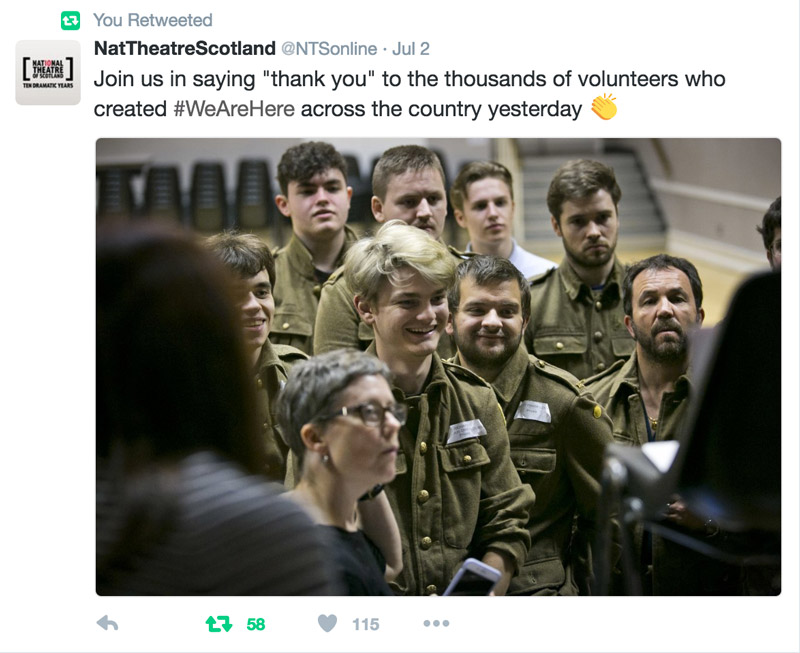
And who paid for it all?
We did.
You and me and the 9% who want more arts funding, and the 45% of who said that funding should be cut (and the 46% who presumably didn’t have an opinion).
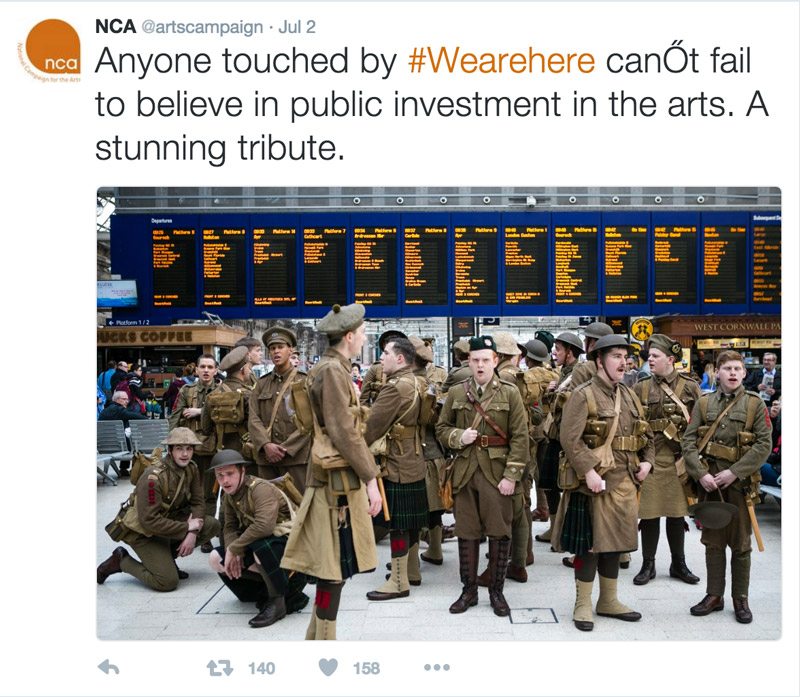
I’m pretty sure that if you did a survey amongst people who witnessed that sublime, ephemeral artwork, close to 100% would agree that it was an experience worthy of a penny or two on their annual tax bill.
But I’m also pretty sure that most people wouldn’t even recognise it as a work of art, let alone think about the funding or who was behind it all.
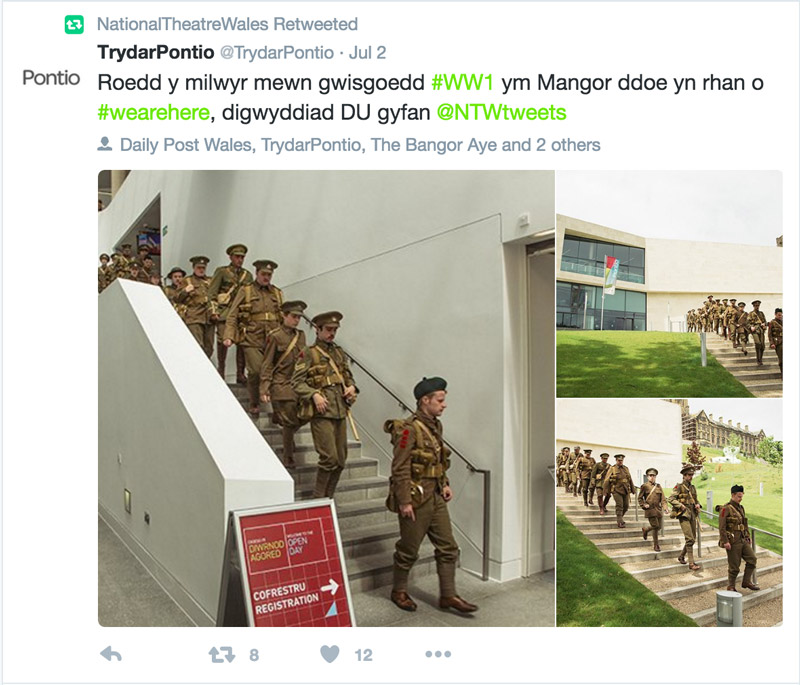
I don’t know how we can bridge those gaps of understanding. Maybe we need to be more forthright and vocal about when and where public money is being invested (and not just by sticking a logo on the footer of a website). Maybe we need to be more prepared to have difficult conversations with those who can’t understand why their taxes are being being spent on ephemera.
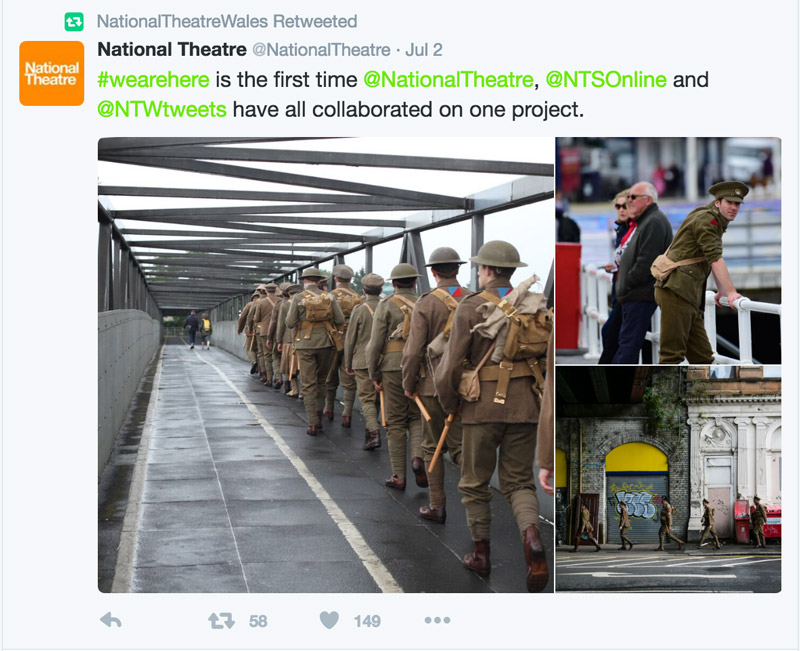
Maybe we need to explain that without public investment it wouldn’t be possible to move people in the way that ‘We’re Here Because We’re Here’ has done – or to commission work like the Angel of the North, or Lumiere in Durham, or Big Dance, or their local Mela, or that subsidised music class their children love on a Sunday morning.
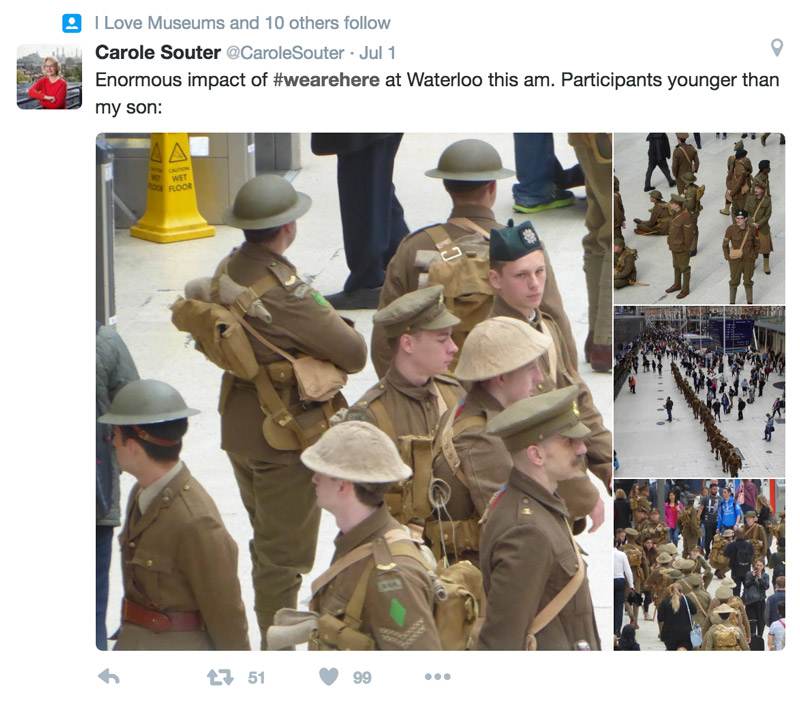
Whatever we do, let’s do more of it, let’s spread the word so that when politicians next ask people if they value investment in the arts, they remember that art can reach across a century, make connections we’d forgotten we knew, and touch us in ways we can never predict.
Congratulations to everyone involved in ‘We’re Here Because We’re Here’. You are an inspiration.


